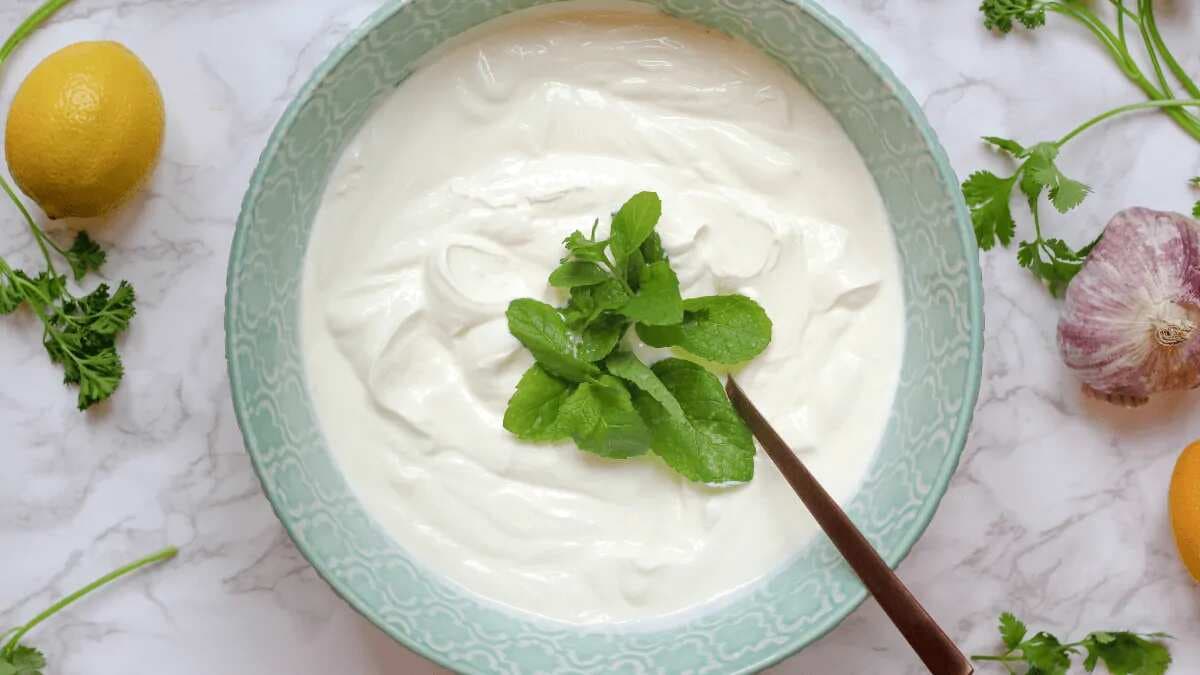Imagine yourself enjoying a bowl of cold, creamy, thick-set yoghurt with hot parathas for lunch! Now visualise the bowl of yoghurt to be one that was made at home, and how glorious it would be. Yoghurt is one of the key ingredients that are used in Indian households for various dishes like kadhi, lassi, pulissery, shrikhand, chaas and more. Everyone has their own preferences on how they like to enjoy their bowl of dahi – either with a pinch of black salt or a teaspoon of sugar. Yoghurt has marked the commencement of anything special in our lives as we hail from a culture that believes in feeding a spoonful of sweet yoghurt before a new beginning.
The dairy product is rich in probiotics as well as provides a good dose of protein and calcium that they body is able to absorb much easily. Although we’re blessed to have access to local dairies to get a regular supply of this wonder ingredient, making a batch of homemade yoghurt is incomparable in taste and texture. Although, like most other cooking processes, making yoghurt at home can seem a little intensive, but all it really takes is a bit of pre-set yoghurt culture and waiting around. Buying good quality milk is as important to the process, preferably using a full cream variety for extra creaminess.

Use a large enough pot, depending on the quantity of milk you plan on using but start with 500 ml if you’re an amateur. Rinse the pot and wipe it clean before pouring in the milk and letting it come to a boil in a low flame. Once that happens, turn off the heat and allow it to cool up to the point where you can stick a finger into the milk without burning yourself. Remember that active culture, whether in yoghurt or yeast, can die when they come directly in contact with hot substances. Ideally, allow the milk to reach almost room temperature before adding a teaspoon of store-bought yoghurt and mixing well.
Also Read:
Let the milk rest for at least 4-5 hours if you live in a geography that is hot and humid and for 6 hours or more, if you’re planning to set a batch in a cold place. Once ready, the milk should appear to be wobbly on top but still slightly runny. Cover the pot and let it chill in the fridge overnight before you can enjoy burying a spoon into luscious homemade dahi. Enjoy it with rice, parathas, add it to rava idli batter for a slight tang, strain it to make shrikhand; the possibilities are endless!


